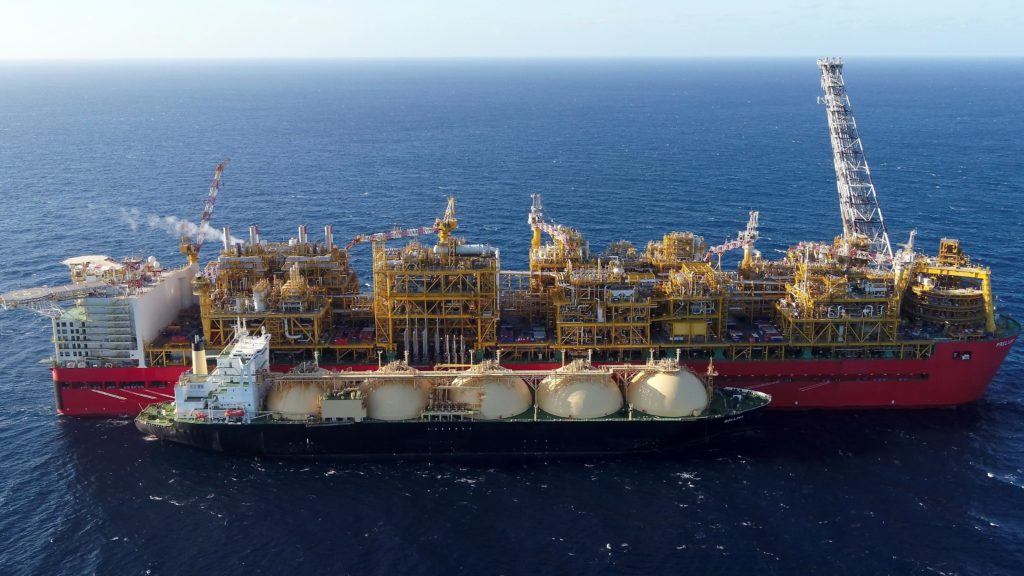
Gas demand has peaked in a number of markets but declining domestic production and pipeline flows will see LNG continue to grow, according to Shell.
The company hosted an LNG outlook, where it forecast the feedstock would see strong growth. Shell executive vice president Cederic Cremers said LNG would not peak until the 2040s. Early that decade, he said, LNG would overtake pipeline supplies.
New European demand had an outsized impact in 2023. Germany and Netherlands took the second and third largest spots in additional LNG demand in the year. They added 4.6 million tonnes per year and 4.1mn tpy respectively, via new regasification facilities. Italy and Finland also switched on new import facilities, securing 1.7mn tpy and 1.1mn tpy.
Europe in 2023 was still coming to terms with the supply interruption triggered by Russia’s invasion of Ukraine. The region underwent demand destruction in response to the squeeze.
Europe saw “gas demand challenges” in the year, losing around 10% of its consumption in 2023, on top of a 10% reduction in the previous year, Shell’s Steve Hill explained. LNG played a part in covering some of the shortfall associated with the Russian stoppages, while renewables also grew.
“Europe has been through quite a structural change. They lost the equivalent of around 100mn tpy of LNG of Russian pipeline gas and had to pull ever lever to rebalance. Half of this was through LNG and the other half was everything else,” Hill said.
Previously, Shell’s presentations have noted European reluctance to sign long-term LNG contracts. This is now changing, Hill said.
“This still doesn’t fill the hole,” he continued. “Even though demand is declining, domestic production and pipeline volumes are falling even faster. Europe is structurally short 50-70mn tpy.”
Furthermore, the contracts European offtakers are signing up to do not ensure supply. In some instances, he said, the sellers have reserved diversion rights.
“Two or three years ago all you would hear about [from policymakers] was decarbonisation. Now, I think there’s much more balanced conversation around security of supply, affordability and decarbonisation,” Hill said.
Shifting demand
The future of demand, Shell sees, as being driven by China for the rest of the decade. The country imported an additional 7.9mn tpy in 2023, the largest year on year increase, although still below previous highs. Shell expects China to bring online 10 new import terminals this year.
Into the 2030s, Shell sees South and Southeast Asia as becoming more important in terms of additional demand.
The executives seemed unconcerned about recent moves in the US to restrict additional LNG projects – as long as the restrictions last no more than a year or so.
However, Hill did flag a concern over geographic concentration in the US, which is particularly focused on the Gulf Coast. “As it gets harder to build pipeline capacity within the US, it may get harder and harder to get the gas to the export projects.”
